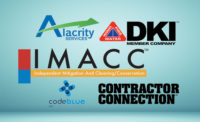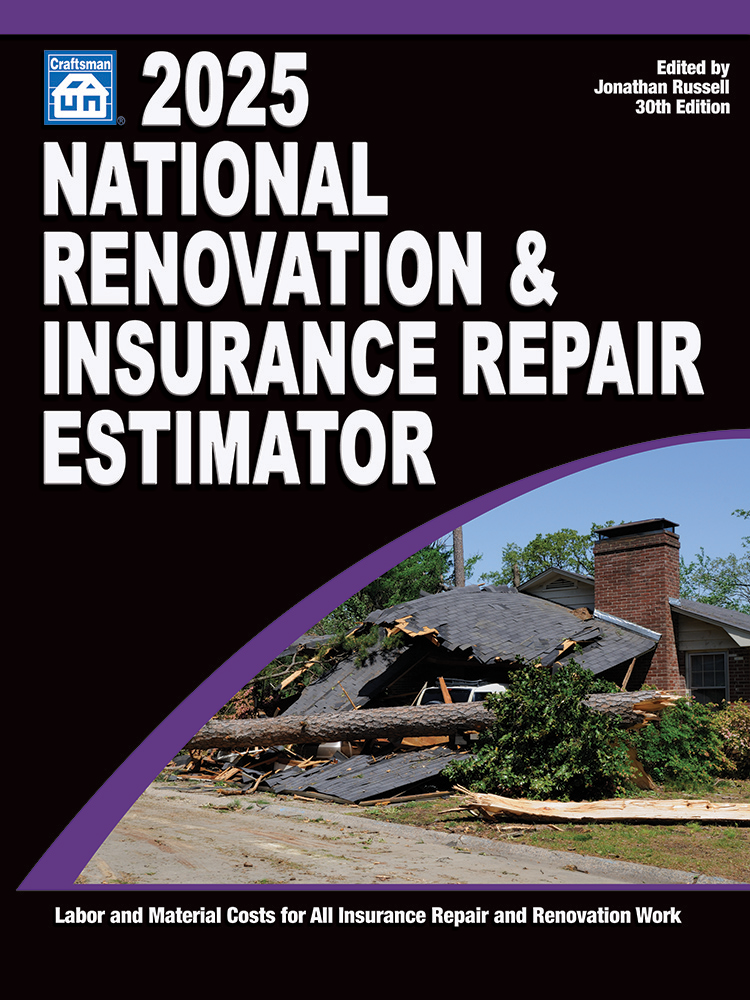Working with Restoration Networks




If you have read my columns in R&R over the years, you know I complain and warn a lot about the coverage problems with the liability insurance policies sold to restoration firms. It irks me to see a widespread and persistent problem with glitchy insurance coverage in the restoration business when the fix is cost-free. Such is the case with “additional insured” endorsements on general liability insurance policies sold to restoration firms who work with direct repair networks.
The insurance specifications of the informed networks are drawn up in such a way that the insurance specifications make it hard for you to be fundamentally uninsured for what you do for a living. There is nothing fancy in the insurance requirements in the networks; their goal is to make sure you are insured for the work you do.
Restoration contracting networks have a vested interest in your liability insurance coverage. In your contract with the network, you have agreed to indemnify the network for any liability claims the network may become involved with as a result of something you did or someone thinks you did to cause them damages at a job site. To back up your unlimited indemnity obligation, the networks ask you to purchase liability insurance that makes the network an additional insured.
There are significant risks in the restoration business. Every year, ARMR Network gets a claim approaching a million dollars where a restoration firm has done something to cause damage on a job site. For example, we are on our third burned down house (last year it was three condos) allegedly caused by the restorer. (As a side note, it’s a good idea not to allow employees to smoke anywhere near a job site.)
Then there was the neurosurgeon who fell through the ceiling drywall while performing an unauthorized and warned-against inspection of the water remediation going on in the attic of a home. A rafter broke the fall of the male homeowner who, as you can imagine, was quite injured when the fall was broken. The medical bills and loss of earnings cost over $500,000. As a result of the fall, the wife wanted $300,000 for several reasons, including emotional distress. Lesson learned: restoration firms can get big liability claims on $6,000 jobs.
Obviously dealing with things like this is why you buy insurance right? It is also why direct repair networks want you to have reliable insurance coverage. Remember they are depending on your liability insurance to make them and maybe their insurance company customers additional insureds under your liability insurance policy. That means before the network’s liability insurance will have to pay a dime on a claim arising from one of your jobs, first up will be your liability insurance to protect the network as an additional insured, then the network has your indemnity, and then third in line the network has their own liability insurance.
But here is the problem. I know from reading hundreds of actual business insurance policies in place on restoration firms that nine out 10 of those policies contain material coverage defects on the additional insured status for anybody in the restoration business who works with a direct repair network. These glitchy insurance policies are almost always sold by experienced, honest, well-intentioned insurance agents and insurance underwriters who, through no fault of their own, are not able to access the information necessary to identify the unique insurance coverage needs of restoration contractors.
If things go very badly on a job and the property owner is looking for deeper pockets than just the restoration firm, then not only does the contractor get sued, the network can get sued. When this happens, the plaintiff will usually allege the contractor caused them damages somehow. The claim against the network will be based upon some variation of the theme that the network sent an unqualified contractor out to do the work. When a network is getting sued, it not going to be a little claim. Last year we read a lawsuit alleging $4,000,000 of damage during a $4,000 mold remediation job in exactly that scenario with an alleged unqualified contractor.
We monitor the insurance requirements of all of the known restoration networks to make sure the insurance policies we sell meet the insurance requirements of the networks. Making a network an additional insured on your policy means that your insurance will be used to defend the network before any of the network’s insurance becomes involved. If your insurance is not collectable for that purpose, remember you still have to pay for the loss out of pocket to indemnify the network. The networks will not let you off the personal indemnity hook just because you bought insurance that does not work.
Almost all additional insured coverage endorsements require two things:
1. The contractor must be performing operations under a written contract for the party seeking to be an additional insured.
2. Most blanket additional insured coverage extensions add in another caveat: the party who wants to be an additional insured is only covered for the work you perform at the location of the additional insured party.
There are two major fundamental glitches in that scenario.
Glitch #1: When you are assigned a project from a network, you do not perform operations for the network (additional insured). You will always be performing operations for the property owner or lessee. Therefore, the vast majority of additional insured endorsements fail because of the “performing work for” prerequisite.
If you are required to make insurance companies additional insureds under master services agreements, the problems with additional insured status can get even deeper. Chances are you do not even have a contract with the actual insurance company and you do not perform operations for the insurance company at their location either. You need to point those glitches out to your insurance agent. There is no way for them to know these facts if you do not tell them.
In both circumstances, the additional insured status of the parties expecting to be taken care of on a primary basis under your insurance is highly in doubt. That is what your personal indemnity is for from the risk management perspective of the network.
Glitch #2: You never perform operations at the location of the network. Almost all blanket additional insured endorsements have the performing your work “at the location” portion built-in.
Here is the good news! Making a network an additional insured under your liability insurance should cost you nothing if it is set up right. The key is the additional insured endorsement needs to be set up correctly before you actually purchase your liability insurance policy. Mid-term insurance policy changes to accomplish the same thing can cost $2,000.
It does not matter what your insurance agent may say on a certificate of insurance about who may be an additional insured. A certificate of insurance does nothing to change the actual policy. Nobody is an additional insured just because the insurance certificate says they are.
The glitch with the additional insured status of networks on your insurance is not an easy concept for insurance agents to grasp. It goes against what they know about contractors and these coverages.
Based upon the review of over a thousand liability insurance policies sold to restoration contractors by hundreds of honest, well-intentioned insurance agents, we know in ARMR that there is a 95 percent chance your insurance agent did not catch the difference between the party seeking to be an additional insured (the network) and who you are working for under a contract (the property owner).
Unless you told your insurance agent specifically that you are not performing operation for the party seeking to be an additional insured, there is no reason for the insurance agent to know you do not actually perform operations for the network (unless you are remodeling the network’s offices). You need to make sure your insurance agent understands these important risk parameters in your business model. Handing them this article would be a good idea.
For years we have been told by the people who recruit contractors into their networks that the #1 barrier to getting restoration firms into the network is the insurance requirements. The network wants your insurance to protect them. As a bonus, by default, that insurance will protect your firm as well.
All it takes is a little attention to the details of the additional insured coverage in your liability insurance policies before you buy them to make sure everything is correct. Following the insurance specifications of the informed networks to the letter is a good place to start.
Looking for a reprint of this article?
From high-res PDFs to custom plaques, order your copy today!










